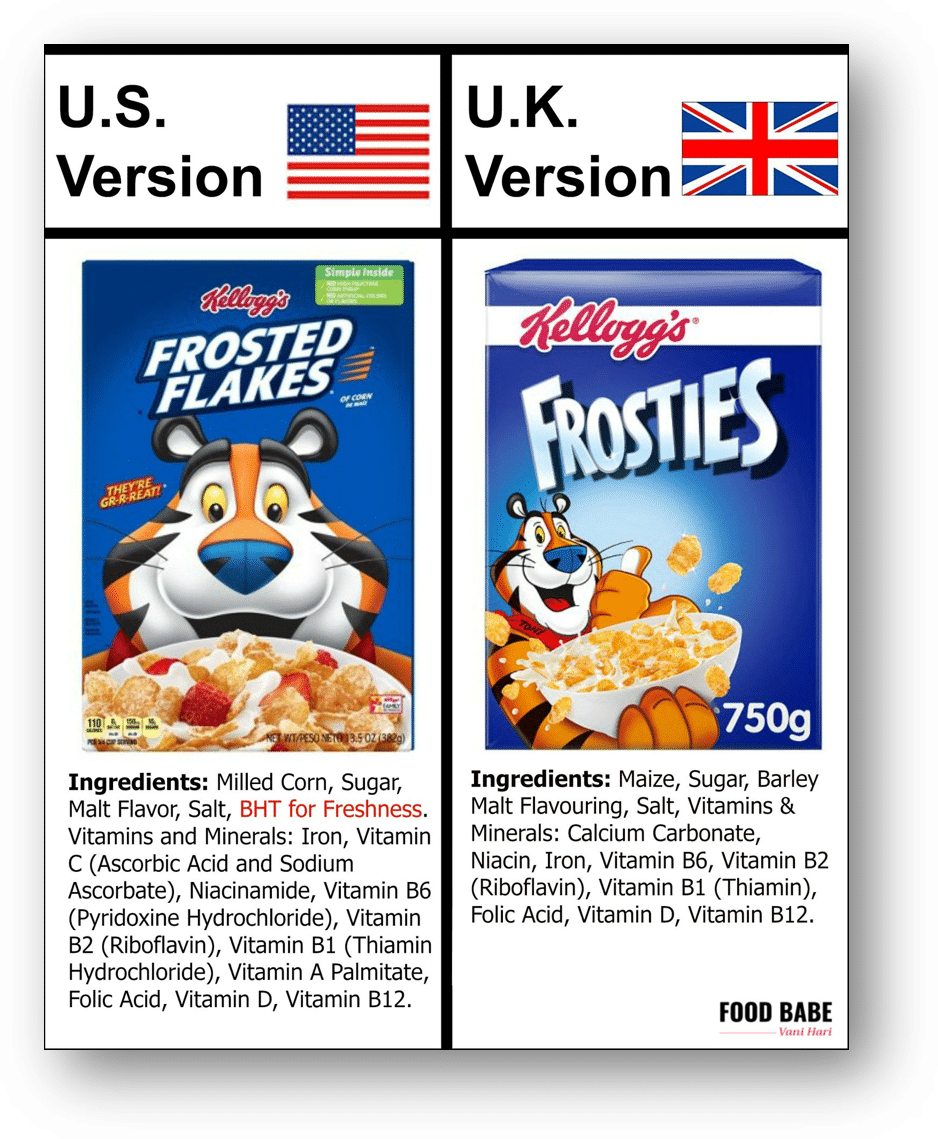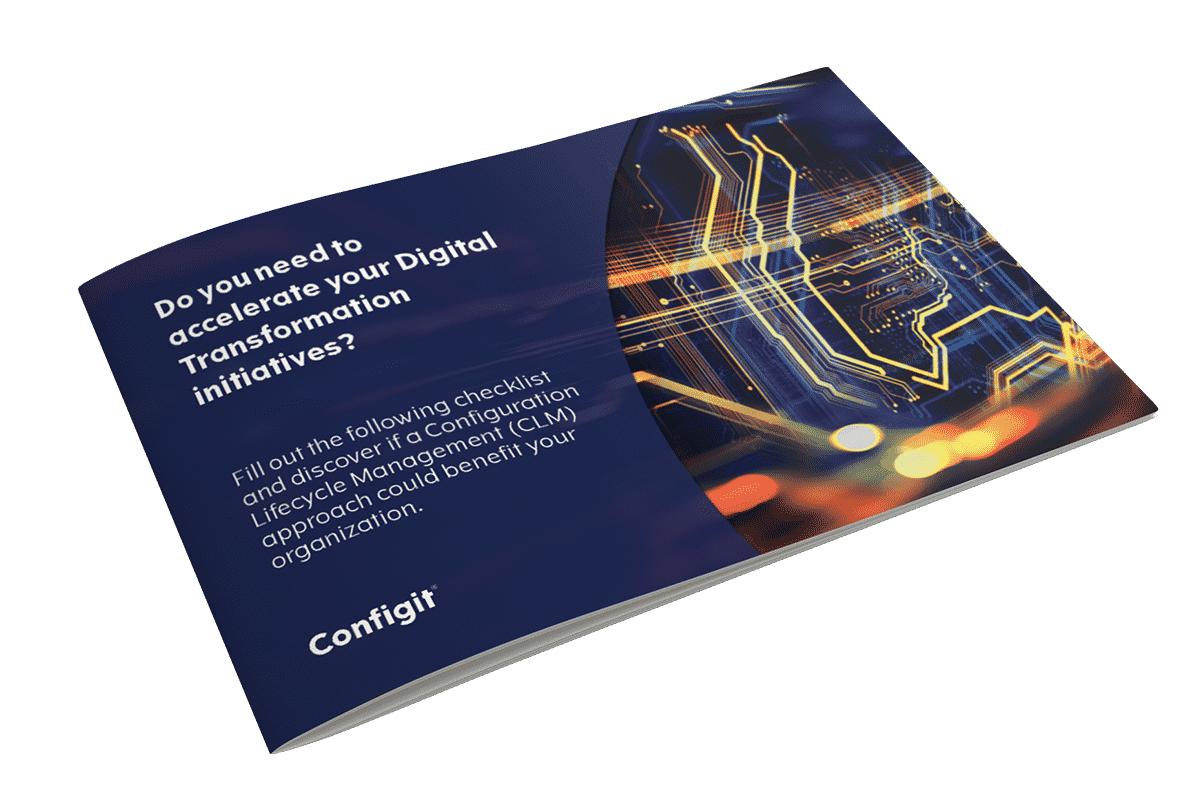Unlocking Transparency:
How Configuration Lifecycle Management (CLM) Supports Digital Product Passports
Effectively orchestrating product configuration data enables green configuration, regulation compliance and more.
Manufacturing companies are seeing an increase in regulatory compliance within environmental rules and sustainability. Of course, regulatory compliance is nothing new and can be seen in everyday products. From ingredients to packaging, different markets typically require adherence to different regulations. Any company that sells in multiple markets understands that their product must comply with local regulations.
The past several years has seen a significant increase in the number of regulations, in large part to adhere to growing environmental and sustainability mandates. Since 2004, the EU alone has seen a 9-fold increase in regulations, including:
- EU Packaging and Packaging Waste Regulation (PPWR) has the objective that all packaging placed on the EU market must be recyclable by 2030
- The Corporate Sustainability Reporting Directive (CSRD) that will affect 96% of all companies in EU
For B2B manufacturers, one of the most critical regulations that will be required is the Digital Product Passport (DPP).

A digital product passport (DPP) is a digital record that provides comprehensive information about a product throughout its entire lifecycle. It acts like an electronic “birth certificate” that follows the product from raw materials to disposal. A DPP gathers information on various aspects of a product, including:
- Origin of materials and components
- Manufacturing processes
- Sustainability footprint
- Product functionalities and specifications
- Recycling and disposal instructions
By storing data in a centralized and accessible format, DPPs promote transparency throughout the supply chain, allowing stakeholders to track the product’s journey and verify its claims.

DPPs play a crucial role in the circular economy by providing data on material composition and recyclability. This helps companies optimize resource usage, reduce waste, and ensure responsible end-of-life management. Furthermore, DPPs streamline communication and collaboration between different actors in the product lifecycle.
With access to DPP data, consumers can make informed choices about the products they purchase. They can learn about the environmental impact, ethical sourcing practices, and responsible disposal methods.
For configurable products, each instance will have its own passport, requiring manufacturers to track individual configurations through their lifecycle.
Overall, digital product passports aim to create a more sustainable and transparent product ecosystem. They benefit all stakeholders – manufacturers, retailers, consumers, and regulatory bodies – by promoting informed decision-making and responsible practices.
While the EU is taking a leading role in implementing DPP regulations, it’s important for US companies selling in the EU to be aware of the evolving landscape. As regulations evolve and consumer demand for transparency grows, DPPs are expected to become increasingly widespread across various industries.
While there’s no current federal mandate for digital product passports (DPPs) in the United States as of today, there are a few key things to consider:
- The Rise of DPPs: The concept of DPPs is gaining traction globally, with the European Union (EU) being a major driving force. The EU has proposed regulations requiring DPPs for specific product categories like batteries and clothing in the coming years.
- Potential US Regulations: While there’s no immediate legislation, the US might follow suit with its own DPP regulations in the future, especially considering the growing emphasis on sustainability and consumer transparency.
- State-Level Initiatives: Some US states might implement their own DPP regulations. It’s important to stay updated on any relevant developments at the state level.
- Competitive Landscape: Even without formal regulations, companies that adopt DPPs can gain a competitive advantage by demonstrating transparency and sustainability to environmentally conscious consumers.
Access the Checklist to Find Out If a CLM Approach Suits Your Organization

As with most changes, those companies that have already begun to digitize their processes will be on firmer footing when any change occurs in the market. And as we well know, change is the only constant. Whether it is geopolitical unrest, a global pandemic, or an introduction of a new regulation, those organizations that have laid the foundation for digital readiness, are best prepared to not only weather these disruptions, but to excel.
Configuration Lifecycle Management (CLM) is about bringing all rules together to establish a shared source of product configuration truth. These rules can comprise not only product and market information, but also sustainability-related data such as CO2 emissions and packaging material, as well as regulatory and reporting requirement data. Any rule can be added as part of a configuration model.
With a CLM solution, manufacturers can offer their customers a “green” choice when choosing a product or solution. Providing the user with a 360-degree view of product choice allows them to choose products based on criteria that are most important to them. That can be pricing, CO2 emissions, packaging materials, transportation, taxes, and more.
The coming Digital Product Passport presents an opportunity for global manufacturers to align their data, rules, and requirements to not only comply with global mandates, but to offer their customers a user experience that sets them apart from their competition. The data required to create a DPP is the same needed to offer a full, transparent view of products to their customers.
Invest in Tomorrow: How CLM Empowers Future-Ready Businesses
Learn More about the Author

Henrik Hulgaard is the Vice President, Product Management and co-founder of Configit, a global Configuration Lifecycle Management (CLM) solution provider and a supplier of business-critical software for configuring complex products. He holds a PhD in computer science from the University of Washington and is an associate professor of computer science. He has published more than 25 articles internationally.